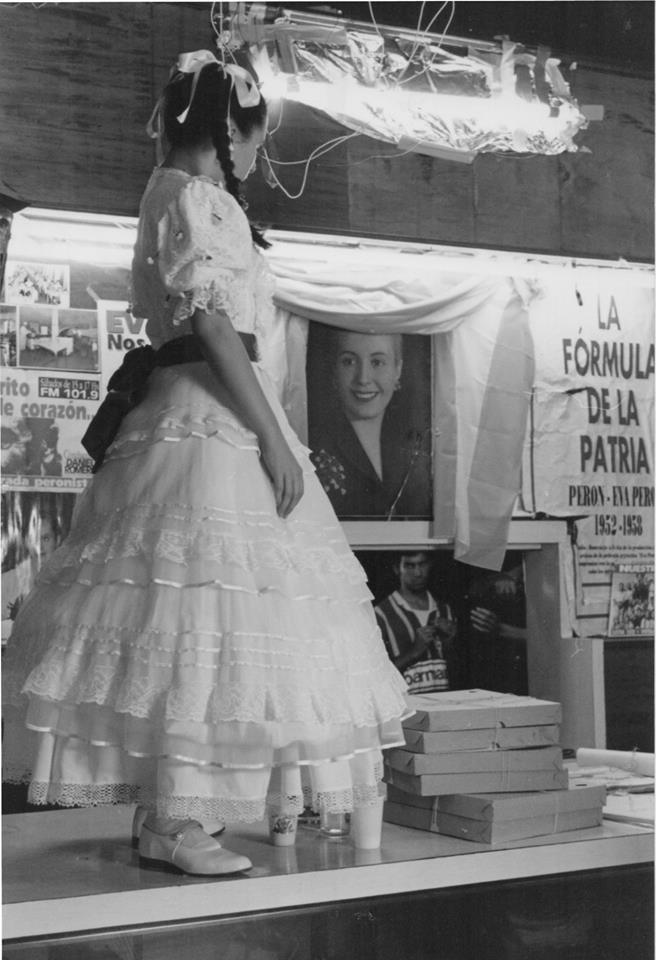
Compañeros,
episodio del film Mala Epoca
In Compañeros there was a scene where a couple argued sitting on a bench in the middle of 9 de Julio Avenue. It was clearly shot from another sidewalk with a powerful tele objective lens. But the sound was recorded from the foreground. Filipelli, then post-production coordinator for the entire film, criticized the use of sound, saying, if the characters are so far away, why is the dialogue heard in the foreground? I didn't see a problem there but Filipelli insistently attacked me, telling that the noise of the cars should be louder than the voices. But what I really wanted was for the scene to understand each character. Plan problems versus script problems, a big discussion that went through the whole process. Lots of other questions like that were discussed every day for about three years.
My school was Bad Times, not the previous years at the university in which I did practically nothing, my school was the three endless years making "the episodic" as this film was known for a long time. A film in progress and at the same time in study. There was a key moment a year after filming it that was going out and doing retakes. All the episodes improved after a few more crazy days, less planned, at least in my case, and if there is any spasm of freshness even today in the film, I dare to say that it was achieved thanks to the retakes.
On the other hand, Bad Times, unlike other films that also emerged from the University, did not respond to the gestures and prose of modern cinema. Rather, they are very narrative episodes where the shooting is a consequence of the script (one could say that modern cinema embodies the reverse procedure). For us, the avant-garde was to structure a story well and that story could plausibly take place on your doorstep. Let us remember that national cinema had swept away cinematographic language, at that time not a more or less subtle idea was left standing. Along with Pizza birra faso and Rapado, it can be said that Bad Times contributed -probably in a more silent way- to tearing down that Berlin wall that was called national cinema. And all of them allowed other types of films to exist later. But it did not last long, brick by brick, the national cinema has rebuilt that wall only now with much more money.
Text published in Film Magazine number 2, 2016